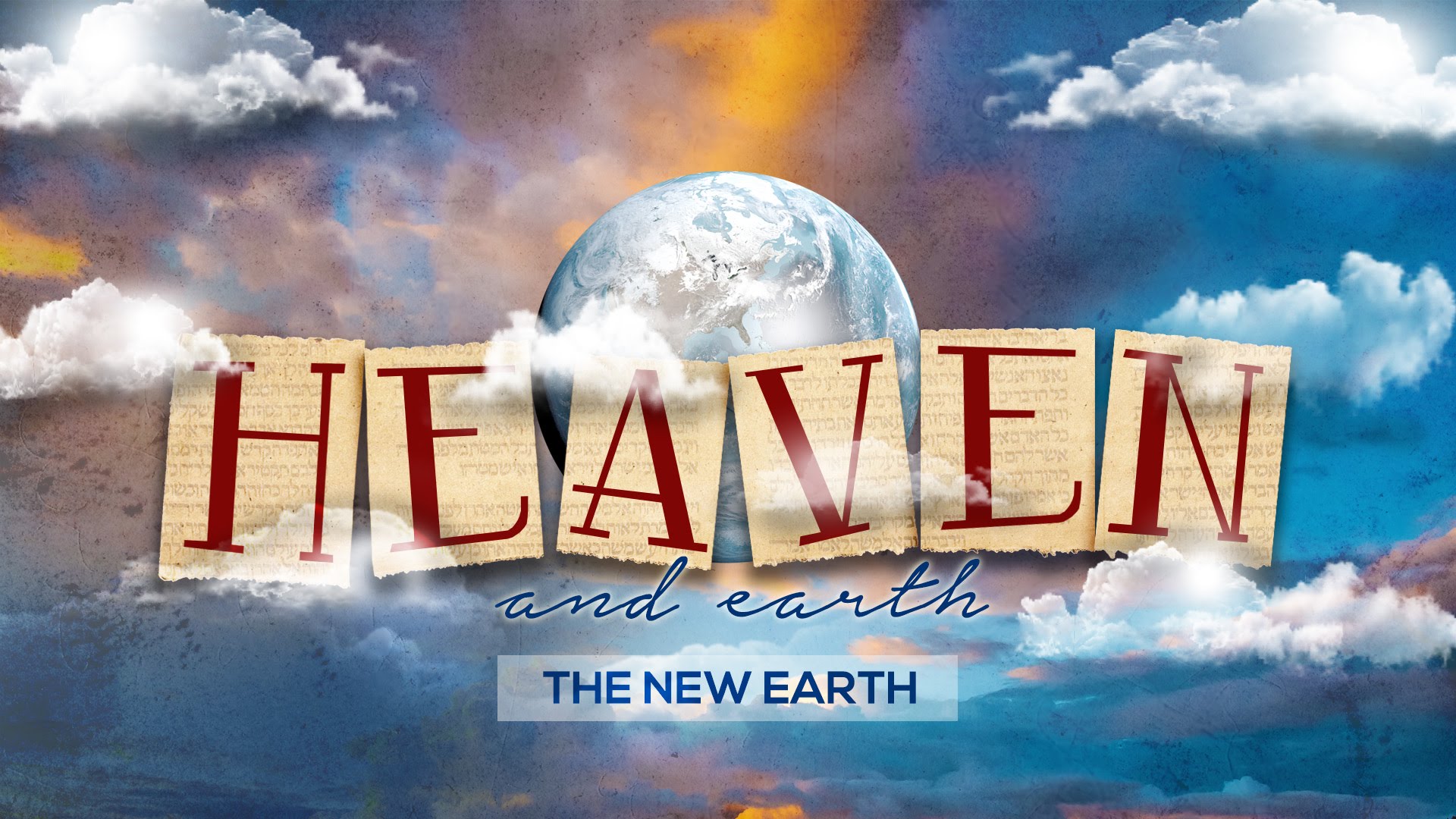"We look forward to the resurrection of the dead, and to life in the world to come. Amen." Nicene Creed
Key Text: 1 Corinthians 15:20–28, 37-58
What do you look forward to? Christmas is just a few weeks away. School breaks, summer vacations, career change, buying a new car? So many things can fill our list of what we look forward to.
What about your view of the future? Death? The afterlife? Do your thoughts about these topics lead to looking forward to what is next? The Nicene Creed (NC) says, “We look forward to the resurrection of the dead, and to life in the world to come. Amen.” The NC does not just arrive at this statement on its own, it has been building toward this statement all along. Each statement of the NC is a brick that joins together for a strong foundation of faith that can say “yes and amen” to what it teaches. These are the building blocks of Christianity and understanding them leads us to trusting God and his plan for the future.
The NC agrees with 1 Corinthians 15 that we can have confidence in our future resurrection because Jesus rose from the dead. If you believe the teachings about Jesus and his resurrection, then you have hope of your own bodily resurrection. Since Jesus rose again and ascended to heaven, we have this confidence that he will return and bring heaven with him, so that we can be with him for all eternity (John 14:1-3).
This short blog post cannot hope to cover this topic adequately or enumerate all the passages from the Bible that speak to this issue. Both the Old Testament and the New Testament speak to the future hope believers have in our God making all things new, bringing justice to this world, and establishing his throne forever. Christians have debated what this will look like for two millennia. I have my own persuasion of which view of the end times is the most biblically accurate, but I also view that end times studies should be dealt with deep humility and brotherly love. Therefore, we want to major on the major and let our differences be friendly conversations on another day.
The Bible teaches us that we will all die (Heb. 9:27) or we will be transformed (1 Cor. 15:51) into resurrected bodies. Believers who die before Christ return will be absent from their body but present with the Lord (2 Cor. 5:8) anticipating the day they return with Christ to be reunited with their body (1 Cor. 15:52). Those who are alive when Christ returns will be transformed into their glorified bodies.
What is a glorified body? There is a mystery to that answer that we only know in part. Jesus, in his resurrected body, was not immediately known by the disciples, appeared and disappeared, could be touched, and he ate food. Jesus is the “first fruit” of the resurrection, meaning that he set the pattern that we will follow. The resurrected body is human and spirit, earthly and spiritual. Our bodies will be resurrected to be what God intended them to be without the effects of sin. No more sin, no more sorrow, no more pain, no more death, no more separation.
As we like to say in youth group, Life with Jesus starts now and lasts forever. The life after death for the believer is with Jesus, in his presence for all eternity. Our experience with heaven will be a human experience, not some ethereal cloud and harp image. The Bible describes a New City, the New Jerusalem (Rev. 21-22). There will be responsibilities and human interactions. Exact details are not given, but enough for us to know that heaven will be a place where we belong in close proximity with the God we love and serve.
The resurrection of the dead and the afterlife are good news for the believers, but they also carry a message for those who do not believe. This is from our Lakeside Statement of Faith:
WE BELIEVE in the resurrection of both the saved and the lost, the saved unto eternal life and the lost unto eternal damnation
(Daniel 12:2; Matthew 25:34, 41, 46; John 3:17-18; Hebrews 9:27).
The Bible describes the day that Jesus will separate the believers from unbelievers for all eternity. Believers will enter into his rest, and unbelievers will be cast into the Lake of Fire. The truth is that the future is a scary thought for those who do not believe in Jesus. It is so important that our studies of the future encourage us to live for Jesus and share Jesus with others. After all, all of eternity is a stake.

